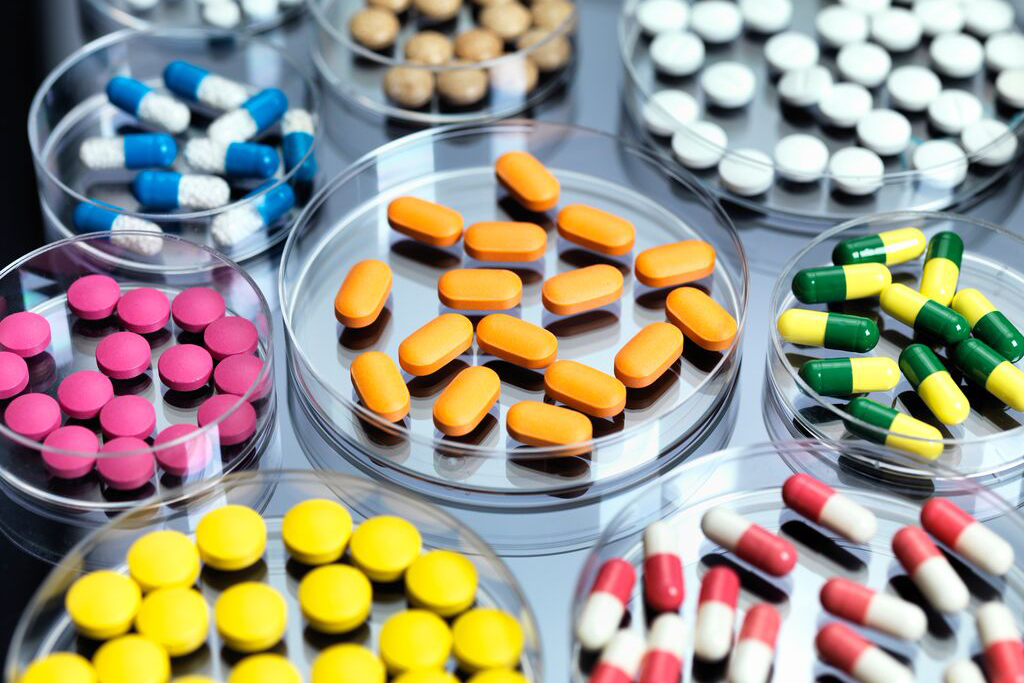In 2023, IQVIA published a series of blogs, How the Inflation Reduction Act is Changing the Rules in Life Sciences (parts 1, 2, 3, 4, and 5), which took an early look the Centers for Medicare and Medicaid Services’ (CMS) first cycle of drug price negotiation. As part of the Inflation Reduction Act (IRA), 10 drugs were selected for negotiation in September 2023 and will be subject to Maximum Fair Price (MFP) in 2026. Today, the industry is both anticipating the publication of MFPs for the first cycle of negotiations as well as the list of 15 selected drugs for the second cycle.
Selected drugs for 2027 price negotiation
On February 1, 2025, CMS will select its second list of drugs for price negotiation. Like before, all the drugs selected are distributed through the Medicare pharmacy benefit, Part D. In simple terms, eligible drugs must be mature brands without in-market generics or biosimilars and account for the most spending in Part D. Brands may be deemed ineligible for a number of other reasons, including a single orphan disease designation, plasma-derivation, small biotech exception, and/or having a small proportion of Medicare spend.
Part D expenditures totaled $240.4 billion in 2022. The initial 10 selected drugs accounted for $46.4 billion (19%). The next 15 brands yet to be selected for negotiation could account for another $29 billion (12%) based on the most recent data from CMS. Yet, more than half of Part D expenditures are from medicines that are generics, biosimilars, or currently ineligible brands. This is likely one of the reasons behind the Biden administration’s proposal to expand drug negotiation by selecting more drugs sooner.
Distribution of 2022 Part D expenditures by negotiation eligibility

Source: CMS Part D Expenditures by Drug, US Market Access Strategy Consulting, IQVIA
The administration has previously proposed expanding negotiations by “allowing Medicare to negotiate prices for more drugs and bringing drugs into negotiation sooner after they launch.” In the 2025 selection process, brands must have launched before February 1, 2014 if they are large molecules, and February 1, 2018 if they are small molecules, in order to be eligible for negotiation. By these guidelines, two sizeable brands – Trulicity1 and Biktarvy2 – will not be eligible for negotiation until the following year.
Expanding negotiation would allow CMS to apply an MFP to drugs that are currently exempt due to later launch dates, curbing Part D costs more quickly. However, launch timing is not the only eligibility criteria CMS may consider. For example, there are three multi-source and therefore exempt brands with sizeable Part D spending in 2022: Revlimid ($5.9 billion, 2.5%), Humira ($5.4 billion, 2.3%), and Lantus ($3.7B, 1.5%).
Biosimilar/Generic Uptake for 2027-Exempt Brands, US, All Payer Channels

*Originally launched September 2020 by Mylan and Biocon; Approved as an interchangeable biosimilar by the FDA in July 2021
Source: IQVIA Net Sales Perspectives, US Market Access Strategy Consulting, IQVIA
Perhaps in time their costs will subside to generic or biosimilar competition, but these medicines have demonstrated slow brand erosion thanks to pharmacy market dynamics that favor specialty innovators over their generics/biosimilars. As of April 2024, biosimilar Humira was available for 15 months and only accounted for 8% of total units sold. Biosimilar Lantus was available for more than three years and only accounted for 14% of total units sold. Even Revlimid, a small molecule medicine, has experienced slow erosion with generic uptake reaching 47% of units in April 2024 - after 26 months of multi-source competition.
Selected drugs for 2028 price negotiation
When it comes to Medicare Part B, the medical benefit, drug expenditures totaled $43.6 billion in 2022. Several of the top-spend medicines in Part B already have biosimilars in-market or approved by the Food and Drug Administration (FDA). By 2026, when Part B drugs can be selected for drug price negotiation, several of the top-spend brands could be exempt from negotiation because they face biosimilar competition.
Top Medicines by 2022 Medicare Part B Expenditures

Sandostatin, Somatuline, and Gammaked excluded from table; Remicade reported as “infliximab, no biosimilar” in the CMS data Multi-Source and Biosimilar drugs have at least been approved by the FDA but may not yet be on the market
Source: CMS Part B Expenditures by Drug, US Market Access Strategy Consulting, IQVIA
It takes the average physician-administered biosimilar 14-18 months to achieve a 50% share of volume for a given molecule (IQVIA Institute). Even then, the Average Sales Price (ASP) for that molecule will have only decreased by an average of 20%, meaning that medically administered biosimilars have yet to produce the sizeable and rapid savings that are observed from generics.
It stands to reason that CMS could eventually reconsider its multi-source exemption from MFP if medicines associated with high Medicare spending remain un-negotiated, at least by redefining what “bona fide competition” entails. Manufacturers’ assessing their risk of negotiation impact should not be complacent as the IRA continues to take shape. Current guidance will endure for the foreseeable future, but the pressure for CMS to find savings will only continue.
Planning for price negotiation
For now, the Congressional Budget Office (CBO) estimates that price negotiation would save Medicare $100 billion between 2026 and 2031. With the proposed expansion of more drugs negotiated sooner, the Biden administration estimates savings could be as much as $2 billion. Still the negotiation process and the effectuation of MFP remain in flux. Even after experiencing one round of selection for price negotiation, brands may struggle to predict the likelihood that they will be subject to negotiation – particularly if their position in terms of Part D spend is expected to change between the published 2022 data and the timeframe used for selection (June 2022 through May 2023).
Aside from the brands in active negotiation, the industry has yet to see what level of discounting can be expected from MFP. Published guidelines suggest discount minimums, but to reach CMS’ predicted savings, brands are expected to face discounts that are even lower. CMS will publish the first round of MFPs (to take effect in 2026) on September 1, 2024 and will provide stakeholders across the industry with more clues as to what can be expected in terms of MFP discounts.
As the complex process of price negotiation unfolds, stakeholders will need to leverage modeling and scenario planning to determine the impact this new policy may have – directly or indirectly. Medicines in the same market as negotiation-selected drugs are likely to experience pressures for greater rebates to stay competitive with the MFP discount. Biosimilars might find their forecasts disrupted if net prices were to drastically decline. Payers and pharmacies might struggle to manage risk and implement cost-sharing changes with MFPs. While the exact outcomes for industry stakeholders are still uncertain, the impact of price negotiation on and beyond Medicare drugs is all but guaranteed.
1 Trulicity’s earliest marketing date, according to the Food and Drug Administration, was September 18, 2014. The large molecule accounted for $6.2 billion (2.6%) in Part D expenditures in 2022.
2 Biktarvy’s earliest marketing date, according to the Food and Drug Administration, was February 7, 2018. The small molecule accounted for $2.7 billion (1.1%) in Part D expenditures in 2022.
The authors of this blog would like to thank Jeff Thiesen, Marcella Vokey, Luke Greenwalt, and Ruthy Glass for their support.

IQVIA Market Access Center of Excellence
Empowered by IQVIA Connected IntelligenceTM, the IQVIA Market Access Center of Excellence (CoE) is a division built for purpose – we help our customers understand and improve brand and portfolio value, help more patients get on and stay on therapy, and better manage margins and market access operations.

















